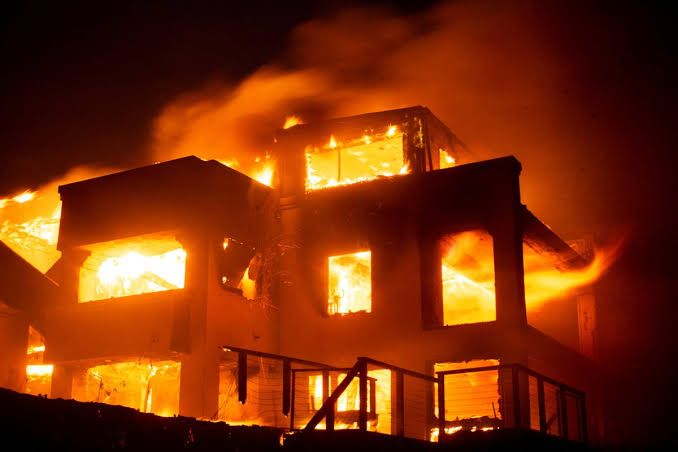In early January 2025, Los Angeles faced an unprecedented wildfire crisis that has left the city grappling with devastation and loss. The fires, which ignited on January 7, rapidly consumed vast areas, resulting in at least ten fatalities and the destruction of over 1,000 structures.
The Palisades Fire, originating in the affluent Pacific Palisades neighborhood, emerged as the largest blaze, scorching nearly 20,000 acres. Simultaneously, the Eaton Fire in northern Los Angeles County consumed more than 13,600 acres, claiming five lives. These fires, driven by hurricane-force Santa Ana winds reaching up to 100 mph, spread with alarming speed, overwhelming firefighting efforts.
The rapid spread of these fires can be attributed to a combination of factors. Los Angeles experienced a significant lack of rainfall, with only about 4% of the typical amount since October. This extreme drought, coupled with strong and dry Santa Ana winds, created a tinderbox environment.
Additionally, the region’s dry vegetation, a result of previous years’ growth followed by recent dry conditions, provided ample fuel for the fires.
The human toll is profound. Beyond the tragic loss of life, approximately 200,000 residents have been evacuated, with many facing the destruction of their homes and communities. The economic impact is staggering, with damages estimated in the tens of billions of dollars, comparable to the GDP of some nations.
Efforts to combat the fires have been extensive. California’s firefighting force, CAL FIRE, comprising 12,000 personnel and a substantial aerial fleet, has been deployed. However, the intensity of the fires, fueled by extreme winds and dry conditions, has challenged even these robust resources. Advanced technologies, including real-time data integration and night-flight capabilities, have been utilized, yet the sheer scale of the disaster has highlighted the limitations of current firefighting strategies.
As Los Angeles begins the arduous process of recovery, questions arise about the recurrence of such devastating events. Climate change has undeniably lengthened and intensified fire seasons, creating conditions ripe for wildfires. However, factors such as inadequate forest management, human activities like arson and faulty power lines, and urban development in fire-prone areas have also played significant roles.
The 2025 Los Angeles wildfires serve as a stark reminder of the complex interplay between natural and human factors in wildfire occurrences. As the city rebuilds, it must confront the pressing question: What measures can be implemented to prevent such tragedies from becoming an annual catastrophe?











